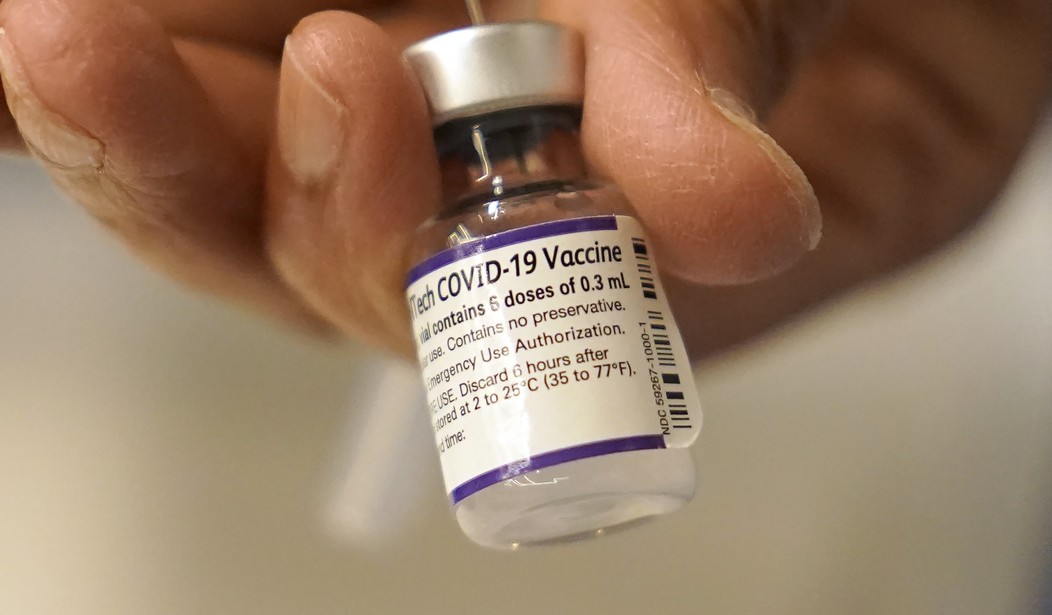For reasons unexplained, the CDC recently ceased its collection of adverse events reports via its “V-safe” reporting system regarding the COVID-19 mRNA injections deceptively marketed as “vaccines.”
Via Brownstone Institute (emphasis added):
The Centers for Disease Control and Prevention (CDC) V-safe website quietly stopped collecting adverse event reports with no reason or explanation…
VAERS and V-safe are mutually exclusive safety collection databases operated by the FDA and CDC, respectively. VAERS is an older way of collecting safety data where one can fill out a form online, or manually, or by calling a toll-free number, whereas V-safe is a device “app” which requires online registration. Both VAERS and V-safe collect personal information, lot numbers, dates and associated information, but V-safe was an active collection system geared towards a younger app-using demographic.
Here is what the V-safe website reads as of September 2:
Thank you for your participation.
Data collection for COVID-19 vaccines concluded on June 30, 2023.
If you have symptoms or health problems following your COVID-19 vaccination that concern you, please contact your healthcare provider.
You can also report to the Vaccine Adverse Event Reporting System (VAERS).
VAERS, as I have documented previously elsewhere, is notoriously unreliable as a gauge of the actual rate of adverse events. As few as 1% of adverse events from injections are reported to the system. There are several potential reasons for this deficiency:
- It is a voluntary reporting system, so healthcare providers are not ethically or legally required to report incidents of adverse events among their patients. You can imagine, as many doctors/nurses work within large medical systems intertwined with the insurance and pharmaceutical industries, what kind of institutional disincentives might exist to discourage their use of VAERS.
- There is no governmental oversight of complaints levied by patients to doctors and/or pharmaceutical companies to ensure that verbal patient reports ever make it into the system.
- Like any government program, the VAERS system is a labyrinthine clusterf*** of bureaucratic rigmarole, and navigating it as a layperson is difficult — particularly for a patient or his/her family already distressed by a vaccine injury.
- Studies have shown that, in fact, many healthcare providers themselves don’t know how to file a VAERS report.
V-safe suffered the same limitations — but now it’s fully non-functional.
The government sprang into action with Operation Warp Speed, pouring nearly limitless resources into rushing out the mRNA injections once billed as the cure-all for the pandemic and the ticket back to “normality.” Billions and billions of dollars were sunk into the development of Pfizer’s and Moderna’s shots, yet when the time comes to quantify the damage they caused to the American people, suddenly the powers that be embrace the “less is more” approach to governance.
Also for our VIPs: WEF, CEPI, Bill Gates, and 100-Day Vaccines
At the risk of sounding conspiratorial, could the reason for this disparate approach to Public Health™ be that there are no pharmaceutical profits on the line when it comes to maintaining a robust vaccine injury surveillance program?
In a civilized society, of course, Pfizer and Moderna would be liable — certainly civilly, if not criminally — for all of the potential suffering and death they have inflicted with their shots. But the Trump administration took care of that problem, granting them full immunity from any legal liability for such damages. That makes the government’s refusal to account for the shots’ negative effects all the more gratuitous and cruel.










